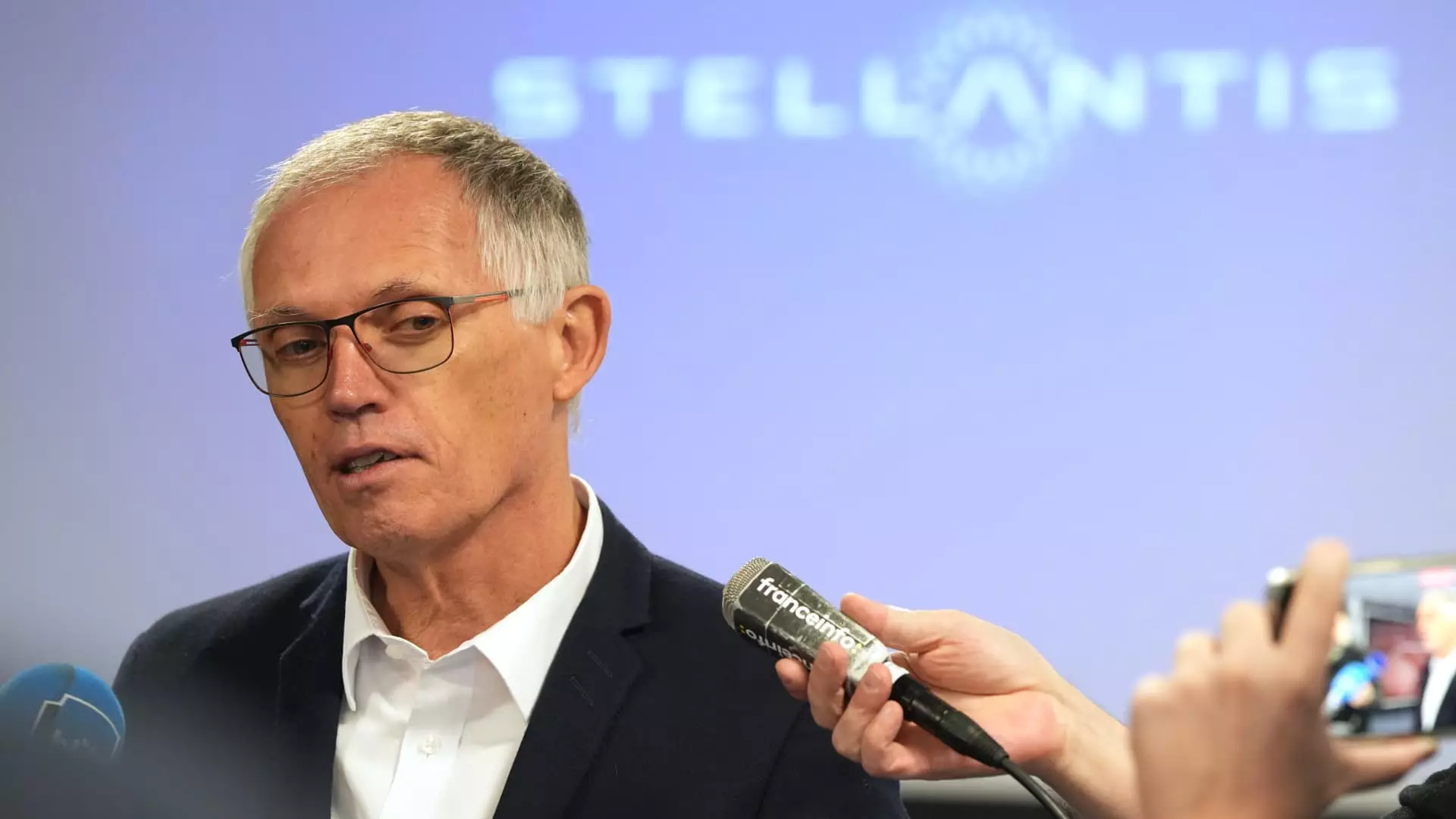The auto industry is currently facing turbulent waters as Stellantis, the multinational automaker, has taken legal action against the United Auto Workers (UAW) as well as a local union chapter in California. This escalating dispute follows a series of grievances between the two parties, reflecting broader issues of labor relations in the manufacturing sector. The lawsuit, which claims damages for lost production due to a potential unlawful strike, highlights the tense atmosphere surrounding labor negotiations in the American automotive market.
At the heart of this legal confrontation is a clash over contract obligations. Stellantis is asserting that the UAW has failed to adhere to the terms of a contract that was negotiated late last year. This is not an isolated incident; rather, it is indicative of a wider pattern where unions feel the need to exert pressure on automakers amidst ongoing production cuts, layoffs, and unfulfilled promises concerning future investments. UAW members at Stellantis’ Los Angeles Parts Distribution Center recently voted to seek strike authorization, which Stellantis views as a direct challenge to its ongoing operations.
Stellantis’ stance is clear: it aims to hold both the national UAW and the local California chapter liable for any resulting financial losses if a strike were to occur. The company’s argument hinges on the assertion that the right to strike in this case could be deemed unlawful under their current contract terms. By invoking such clause, Stellantis aims to establish legal ground to prevent a work stoppage, claiming that operational flexibility based on market conditions grants them certain rights under the agreement.
Reactions from Union Leadership
UAW President Shawn Fain has responded vigorously to Stellantis’ lawsuit, characterizing it as a desperate maneuver from an out-of-control executive. In his communications with union leadership, he raised concerns over the company’s attempts to intimidate workers and undermine their right to strike, an action that embodies a fundamental aspect of labor relations. The UAW is determined to assert its position against what it perceives as Stellantis’ failure to meet its contractual obligations. Fain maintains that the risk of a strike, which he presumes would be a last resort, lies squarely on Stellantis if they continue to neglect their commitments.
The tension has been further exacerbated by the company’s recent cuts in production and the behind-schedule investments that are central to union demands. Rather than merely being a local issue, this lawsuit reverberates throughout the auto industry, as labor relations have historically been a barometer of overall employee satisfaction and organizational health.
The ongoing dispute is emblematic of the larger issues faced by unions and corporations in today’s economic landscape, particularly in times of financial uncertainty. Stellantis’ legal measures may set a precedent for how companies confront labor negotiations, particularly as the economic environment continues to shift. As automakers navigate market volatility, the implications for workforce relations could have lasting effects on employee morale, retention, and potential strikes.
It is crucial to recognize that these tensions are not merely isolated incidents; they are symptomatic of deeper issues affecting the automotive sector, including job security, fair compensation, and operational integrity. The outcome of this legal battle could determine the course of labor relations in the American automotive industry for years to come, shaping how unions negotiate and how companies respond to worker demands in a rapidly evolving marketplace.
Stellantis vs. UAW represents a critical juncture in the ongoing struggle between labor rights and corporate governance. While Stellantis firmly believes that it is acting within its legal rights, the UAW’s response underscores the fragile balance between meeting business needs and honoring the commitments made to workers. As both sides prepare for what could become a drawn-out legal battle, the ramifications of this confrontation will undoubtedly be felt throughout the industry.

